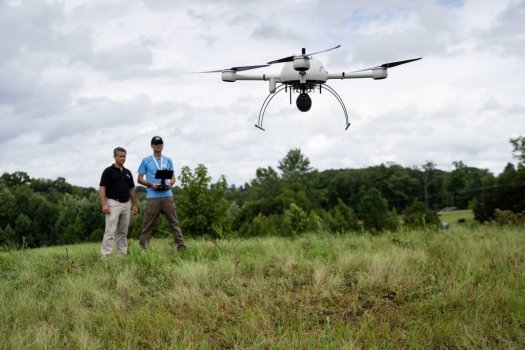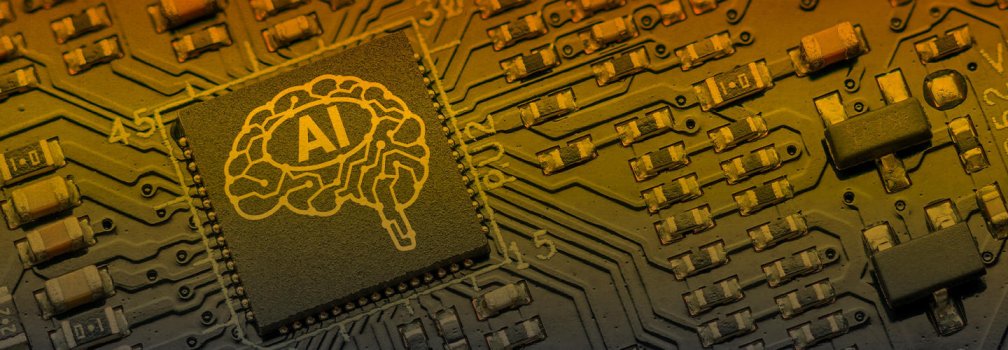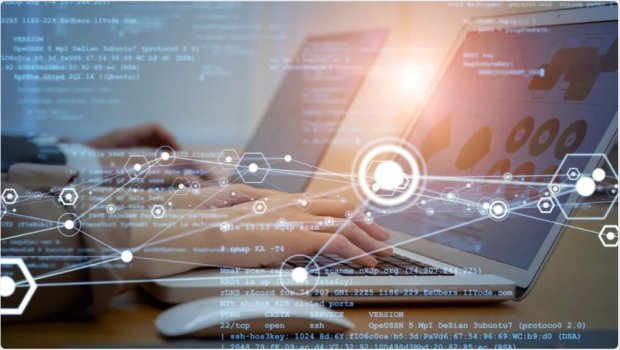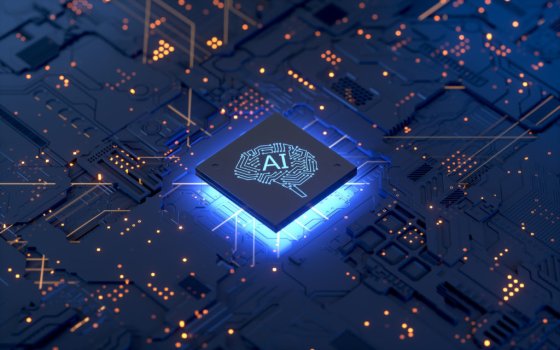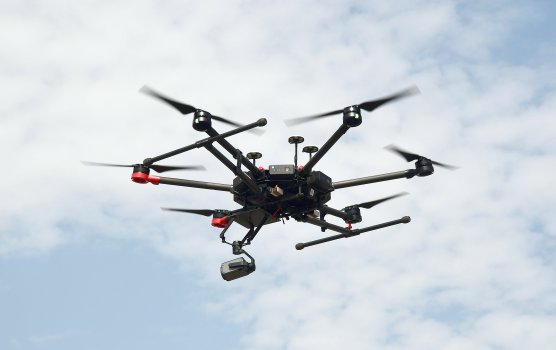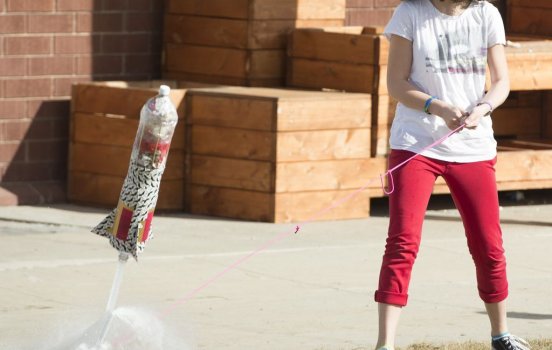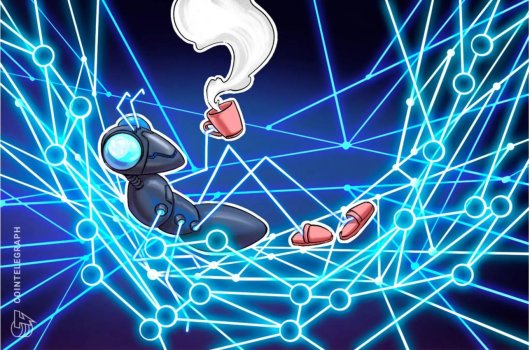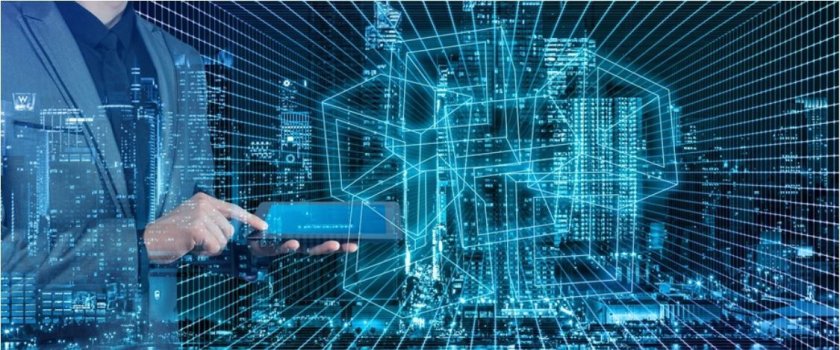The increase of use of Internet of Things in car manufacturing and how it can help the industry
- Technology Solutions
- 0 Replies
It’s safe to say that the car manufacturing industry has changed drastically in the last few decades. The main reason for this is the advancement in technology. The latest development in this industry is the appearance of, so-called smart cars and vehicles that use the Internet of Things technology or the IoT for short. How exactly did this new technology change the car manufacturing industry and what are the benefits that it brings to the table?
How Does IoT In Cars Work?
Well, this is a little bit of a loaded question, but, fortunately, there is a simple answer that will paint you a picture of how this technology works. The car manufacturers integrate certain sensors in the cars and via those sensors, cars can communicate with each other and interact with the smart signs and roads. This is all made possible by the shared network all of the cars, signs, and roads use.
The Main Benefits Of IoT In Car Manufacturing
As you can probably assume, there are a lot of benefits this new technology can bring. Here are some of them.
Continue reading: https://www.androidguys.com/promoted-news/the-increase-of-use-of-internet-of-things-in-car-manufacturing-and-how-it-can-help-the-industry/
How Does IoT In Cars Work?
Well, this is a little bit of a loaded question, but, fortunately, there is a simple answer that will paint you a picture of how this technology works. The car manufacturers integrate certain sensors in the cars and via those sensors, cars can communicate with each other and interact with the smart signs and roads. This is all made possible by the shared network all of the cars, signs, and roads use.
The Main Benefits Of IoT In Car Manufacturing
As you can probably assume, there are a lot of benefits this new technology can bring. Here are some of them.
Continue reading: https://www.androidguys.com/promoted-news/the-increase-of-use-of-internet-of-things-in-car-manufacturing-and-how-it-can-help-the-industry/



